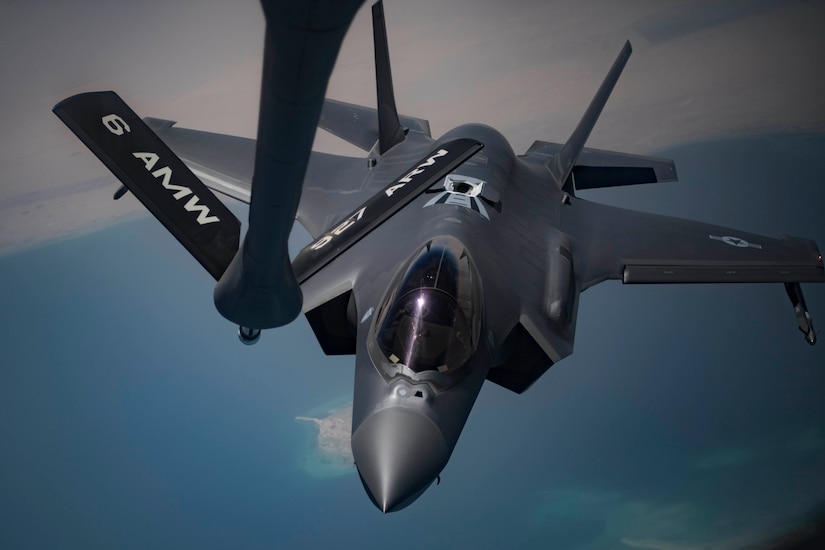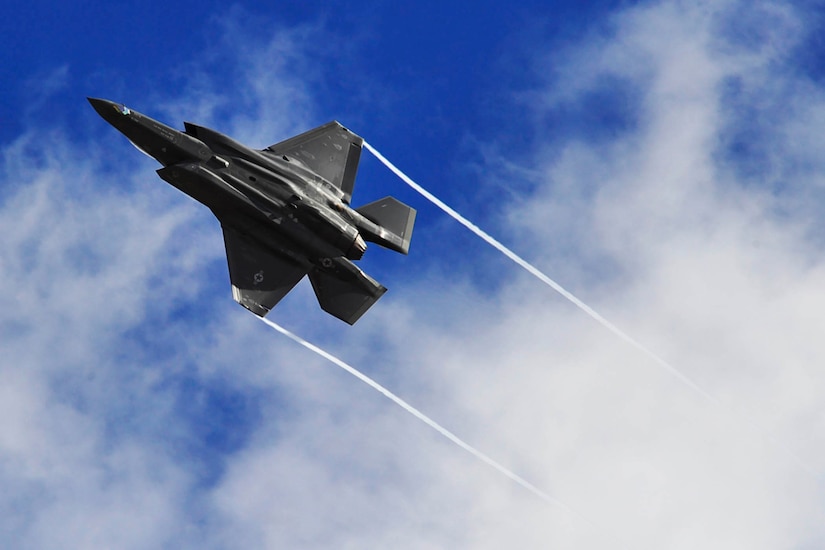Parts for the F-35 should be accompanied by an "electronic equipment log" through the jet's Autonomic Logistics Information System, but that doesn't always happen, Ellen M. Lord said. Without this log, dubbed EEL, parts are not deemed to be ready for issue and might not be able to be installed on the aircraft.

"The department has taken near-term action to address key degraders of ready-for-issue or RFI rate," Lord said during testimony today before the House Oversight and Reform Committee. "But the long-term solution to the problem depends on the already underway effort to replace [the autonomic logistics information system] with a more stable, capable system."
Lord said those near-term actions have resulted in increased RFI rates at Hill Air Force Base, Utah; Luke Air Force Base, Arizona; and Marine Corps Air Station Yuma, Arizona. She said those rates have moved from about 43% in February to more than 70% in every month since April. In June, she said, the RFI rate achieved a high of 83%.
A more long-term solution to ensuring parts for the F-35 arrive with EELs will involve replacing the ALIS with a different system called the Operational Data Integrated Network, or ODIN, a government-owned product. Lord announced that system to Congress earlier this year.


"The department will introduce the first tranche of ODIN capability fleetwide by the end of 2021," she said. "In the interim, the department has been working to develop solutions to the legacy ALIS system to improve EEL's accuracy, tracking and transmission performance to reduce maintenance workarounds and to mitigate potential risks to the fleet."
Air Force Lt. Gen Eric T. Fick, program executive officer for the F-35 Lightning II Joint Program Office, explained to lawmakers why a missing EEL is a problem for aircraft maintainers.
"It takes a significant effort in time for maintainers to reconstruct the part history and create a digital record for that part," he said. "This activity diverts time from scheduled maintenance, increases the probability of human error, adding cost to the program. The bottom line is, we must receive our parts on time and with all the required identification markings and electronic records."

Of about 50,000 parts on an F-35, only about 1,000 require an EEL, the general said.
"It's a very small number of parts that actually require EELs," Fick said. "We're actively looking to reduce the number of parts that have EELs, so we reduce this problem."







No comments:
Post a Comment